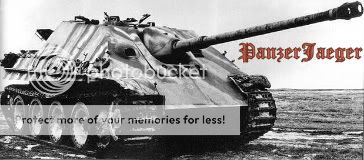No, not 2001, but 1916.
In order to force America to either submit to German demands or to provoke America into war, the Second Reich made several terrorist attacks on US soil, starting 1914.
The 'Black Tom' attack counts as the largest terrorist attack against America, behind only Oklahoma and 9-11. It is in this attack that the Statue of Liberty got damaged. The torch of the statue has been closed ever since. The symbolism of trying to destruct the Statue that represents both liberty and US-French friendship was not lost on the Germans.
As with the murder of Litvinenko by the KGB, where the poison used counted as a signature of the Russians, the idea was that it would be abundantly clear to America that this was a German attack. America had to feel vulnerable. Its ships threatened by submarines, its industry and cities within reach of German destruction.
President Woodrow Wilson had declared neutrality, but American rights to "freedom of the seas" were affected by British naval control of the Atlantic sea-lanes. According to Jules Witcover in Sabotage at Black Tom: Imperial Germany's Secret War in America, 1914-1917, this situation resulted in the work of German saboteurs to prevent British receipt of munitions from the US (257, 266-267).
Black Tom was only one of a number of homeland attacks in retaliation to the British naval blockade of Germany. In New Jersey, on January 1, 1915, a fire took place at the Roebling Steel foundry in Trenton. And after the Black Tom incident, on January 11, 1917, a fire took place at the Canadian Car and Foundry plant in Kingsland. These facilities had contracts for goods being sent to the Allies. The US entered the war on the side of the Allies in April 1917, after numerous claims of German espionage and violations to American neutrality.
http://www.njcu.edu/programs/jchisto..._explosion.htm








 Reply With Quote
Reply With Quote *
*












Bookmarks